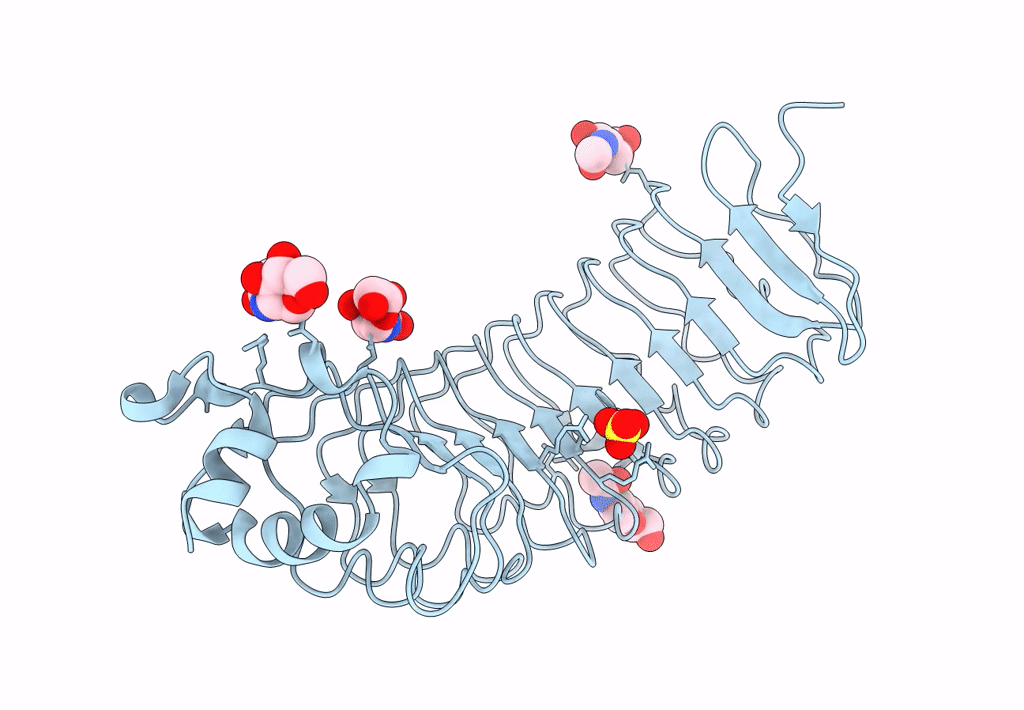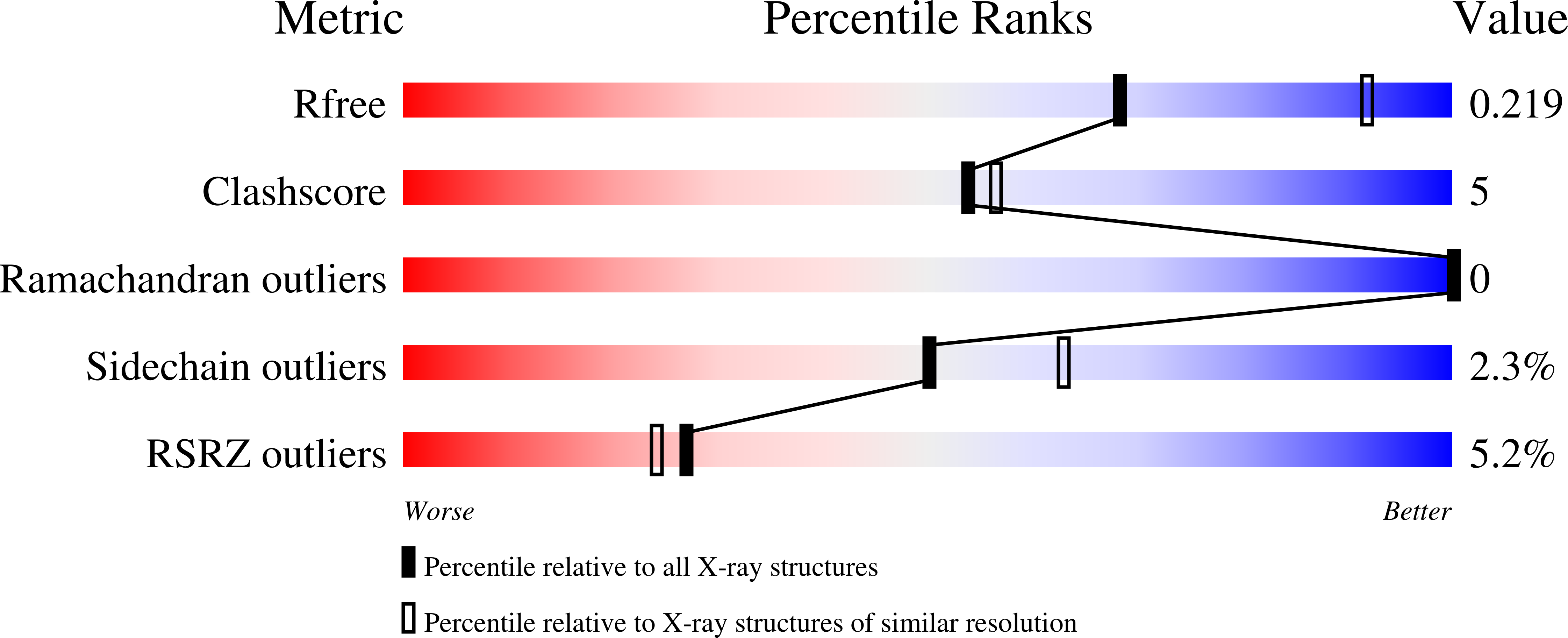
Deposition Date
2022-10-04
Release Date
2023-08-23
Last Version Date
2024-10-23
Method Details:
Experimental Method:
Resolution:
2.45 Å
R-Value Free:
0.21
R-Value Work:
0.18
R-Value Observed:
0.18
Space Group:
P 63 2 2


